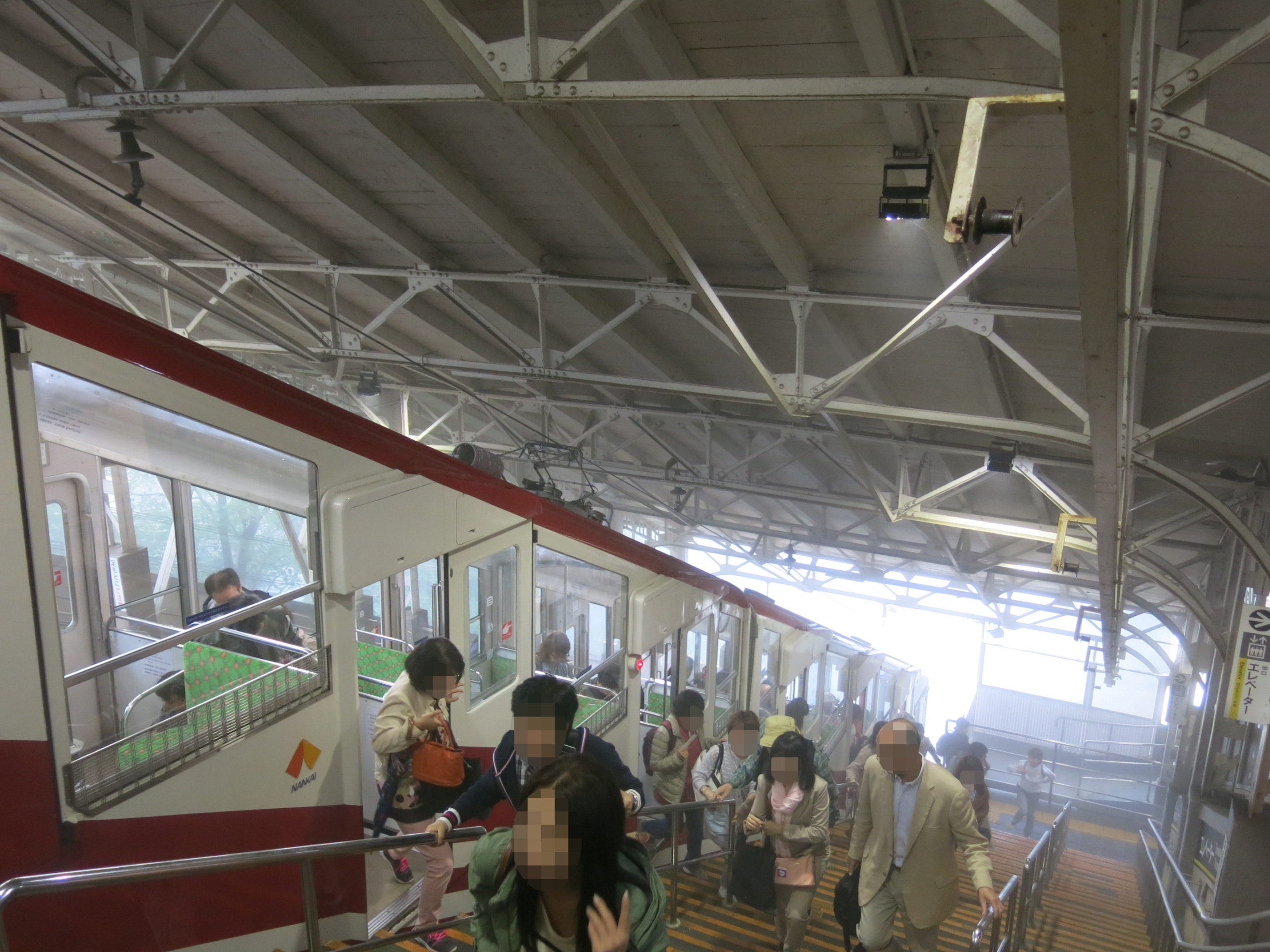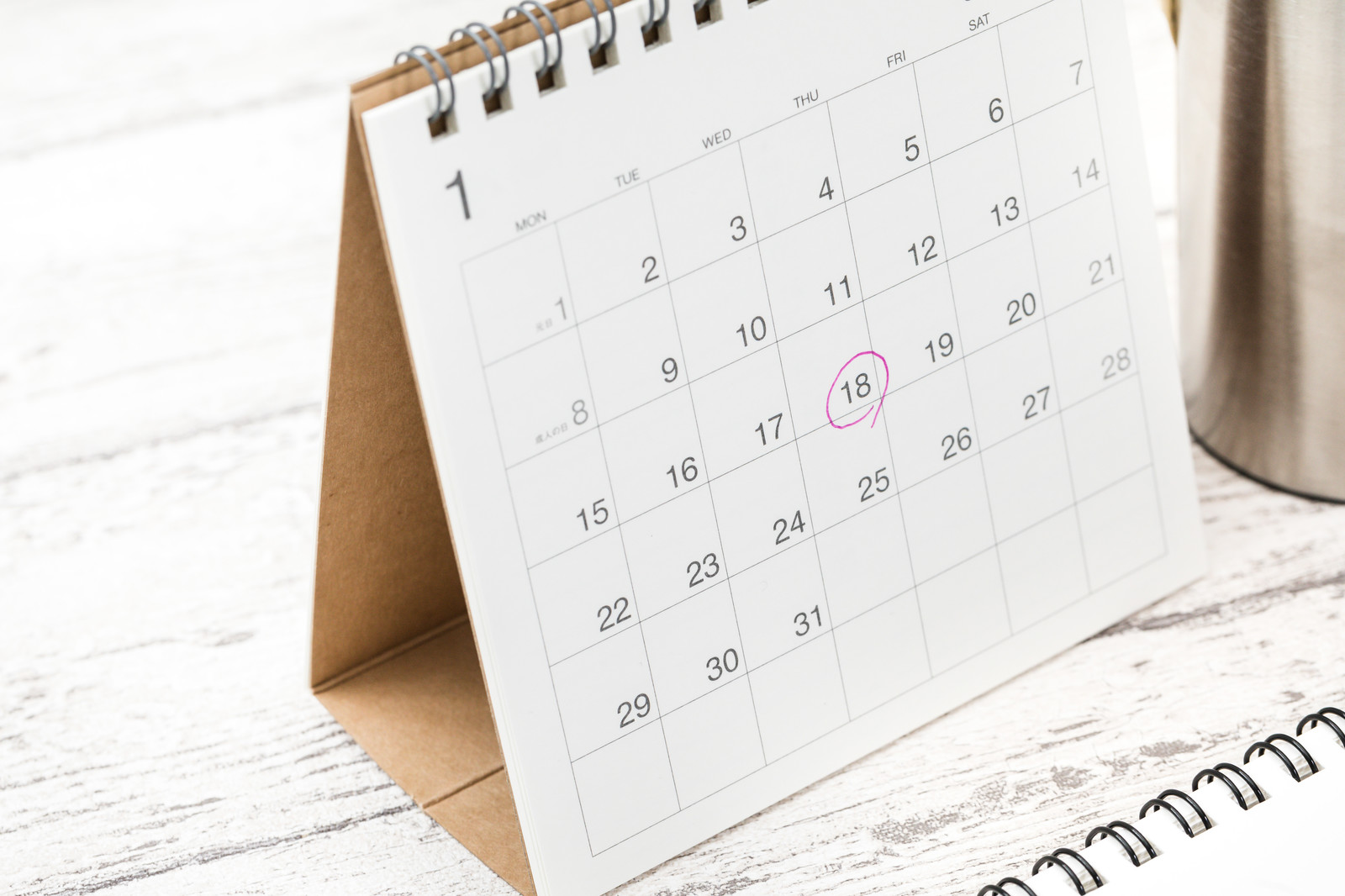
This post is continued from Two days trip to Koyasan (Mt. Koya) and Wakayama from Osaka, Part 1 – Namba to Koyasan.
I visited several spots in Mt. Koya (Koyasan). I would like to show you these places in this post.
Koyasan station to Toroudo in Okunoin temple

Koyasan station 09:25 (Nankai Rinkai Bus) 09:40 Okunoin-guchi (45 minutes walk) Okunoin temple, Torodo
The bus usually leave 10 to 15 minutes after cable car arrival time. Transfer from cable car to bus was very smooth. All I had to do was just following the staff.
When you go to Okunoin, you have two ways. The first one is 2km walk from Okunoin-mae bus stop. The second one is 1km walk from Okunoin-guchi bus stop. But I recommend 2km walk from Okunoin-guchi.
I took this route and walked on the approach. This 2km approach is one of the best part of Koyasan.

There are many tombstones of feudal lords, famous samurai (warriors), celebrities along this approach.


Mt. Koya is very well known as tourist spot in these days. But there is no shops along this approach at all. It was
quiet and solemn atmosphere. I thought my choice was right. I needed to spend the time to walk on this approach before visiting Tododo. If you visit Okunoin, I very strongly recommend you to walk on this approach.
I spent 45 minutes to get Okunoin Temple from Okunoin-guchi bus stop. If you go straight, it takes less than 30 minutes. It’s just 2km one straight route. You never lose the way.
Finally I visited “Torodo”. It is the main hall in Okunoin temple. It is the mausoleum of Kukai who is known as Kobo-Daishi. Kukai founded Shingon Buddhism and one of most famous Japanese Buddhist Monks. Torodo is located beside Tamagawa river. We have to bow to respect to Kobo-Daishi. After crossing the bridge over Tamagawa river, we have to take hat/cap off and any photo shooting is not allowed.

After I stepped into Touroudo, the atmosphere in the temple took my breath away. I have never felt like that solemn atmosphere. It was super amazing experience.
Okunoin is just the first place to visit. But this is most amazing place in Mt. Koya in my opinion. This is definitely “Must-See” spot. There are lots of temples and shrines in Nara and Kyoto. But Okunoin is totally different.
From Torodo to Senjuinbashi

Torodo (20 minutes walk) Okunoin-mae bus stop 11:20 (Nankai Rinkan Bus) 11:26 Senjuinbashi east
After visiting Torodo, I walked to the other bus stop which is the nearest one, Okunoin-mae. When I went to Okunoin-mae from Torodo, I took same route from Okunoin-guchi in the beginning. I turned left at Eireiden on the way to Okunoin-mae bus stop.

You can find the map in the link below to understand the location.
Nankai Rinkan Bus, Koyasan map

There are a few stores and restaurants around Okunoin-mae bus stop. You can eat and shop there. However it is only
10 minutes away from Senjuinbashi which is the center of Koyasan. You have many more choices in Senjuinbashi.
I moved to Senjuinbashi.
Casual style “Shojin Ryori” in Senjuinbashi

I had a lunch at Senjuinbashi. In Mt. Koya, Shojin Ryori is very famous. Shojin Ryori is a traditional style of vegetarian dishes. One of the local residents recommended “Chuo Shokudo Sanbou”. This is a casual style restaurant. It is located at Senjuinbashi.
It is not fancy and this restaurant does not have very traditional atmosphere either. However this restaurant offers nice yummy vegetable dishes at very affordable price.
Chuo Shokudo Sanbou (中央食堂 さんぼう) (This site in Japanese only)


I was very satisfied with the taste. It was not very fancy and not very traditional. But it was enough for me to enjoy Koyasan style vegetable dishes.
Visiting Kongobuji temple

Senjuinbashi 12:30 (5 minutes walk) 12:35 Kongobuji temple

After lunch, I visited Kongobuji temple. This is the head temple Shingon Buddhism. It is just a few steps away from
Senjuinbashi. Most of spots in Koyasan are actually located around Senjuinbashi. This temple has many of the sliding screen painting. Those are amazing work. This temple has very famous rock garden too.


At the biggest room which is called “Shinbetsuden”, a cup of green tea and small sweets were offered. I could take a rest.


At this room, sometimes one of the monks preach a sermon. It is usually made in Japanese only. I learned about Kobo
Daishi and Shingon Buddhism. The monk told us very casually and easily. This monk said, if you visit Koyasan, you should visit three places, Okunoin temple, Kongoubuji temple and Dajo Garan.
Next, I visited Danjo Garan, of course.
Visiting Dajo Garan

Kongobuji temple 13:20 (5 minutes walk) 13:25 Danjo Garan
Dajo Garan is central temple complex of Koyasan. There are nineteen buildings in this complex. One of them is called Konpo Daito. This vermillion color pagoda is often seen in the photo of Koyasan. It is the icon of this mountain.


This building in the photo below is called Rokkaku-Kyodo. There are handles around this building. You can go round with grabbing this handle. If you make it, you will earn a great deal of virtue.

There is the pine tree which is called “Sanko no Matsu”. Most pine trees have paired needles. However the pine tree, “Sanko no Matsu” has three needles. If you keep these needles, it gives you some benefit. You may be rich!

After visiting Danjo Garan, I still had a time. I had two choices, visiting Reihokan museum or Daimon gate. I chose Daimon.
Walked to Daimon
Danjo Garan 14:00 (30 minutes walk) 14:30 Daimon Gate
I walked slowly and spend 30 minutes. But if you go straight, it takes 20 minutes. You also can take a bus to get Daimon Gate from Danjo Garan or Senjuinbashi.

Daimon is the main gate of Koyasan. Two Kongo Rikishi statues are on either side.


Back to Namba
Daimon Gate 15:01 (Nankai Rinkan Bus) 15:20 Koyasan 15:38 (Nankai Railway Cable Car) 15:43 Gokurabashi 15:52 (Nankai Railway “Tenku” 4) 16:34 Hashimoto 16:45 (Nankai Railway Express) 17:37 Namba
After visiting Daimon, I got on the bus to Koyasan station. I am not a big shopper but if you want to buy something, you can stop at Senjuinbashi. There are lots of shops. As I mentioned in the last post, there is only one store around Koyasan station.
I spent the time to visit Daimon. But if you want to shop lots, you can skip Daimon gate. Okunoin temple, Kongobuji temple and Danjo Garan are “Must-See” spots in Koyasan. You can visit Okunoin at the last if you want. But if you want to shop, Konobuji temple and Danjo Garan are located near Senjuinbashi. I recommend you to visit Okunoin temple in this case.
I supposed to pay extra seat fee to take Limited Express “Koya” directly to Namba. But ordinary express train will arrive in Namba earlier. I needed to change trains at Hashimoto again but no extra fee was not required. I chose ordinary express train. It was same train combination as on the way to Koyasan.

I took on Tenku but at this time, I was on ordinary fleet. It was completely same as common commuters train.

I changed the trains at Hashimoto and went back to Namba.
I had Yakitori (skewered chicken) for dinner at Namba.


After dinner, I went to Wakayama.
Continue to the post, “Two days trip to Koyasan (Mt. Koya) and Wakayama from Osaka, Part 3 – from Namba to Wakayama by limited express Southern“




Comments
Dear Takeshita San
Your love for trains and adventures amazes.
I need some advise on routes. I used Hyperdia and ended a bit confused.
My plan is Koyasan & Kyoto (Plan A) or Koyasan & Otsu (Plan B)
From KIX for both plans is it better to start w Koyasan?
Are there shorter routes? I wish to avoid multiple station changes. As I will be traveling alone w luggage. Many thanks in advance.
Hi Janice san,
If you go back to KIX at the end, it doesn’t matter. You can visit anywhere you want first.
You have to come back to Namba after visiting Koyasan. There is no short cut ways.
Cheers,
Takeshi / JPRail.com
(not Takeshita)